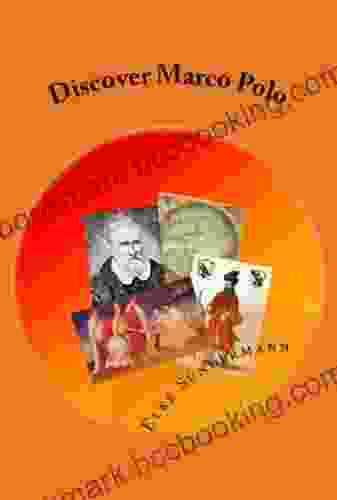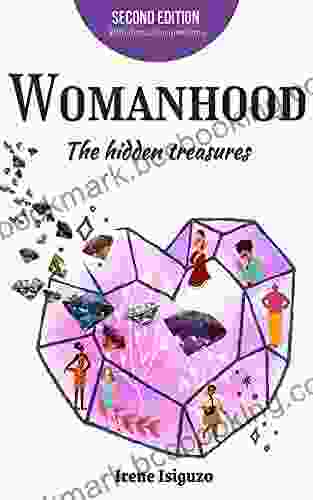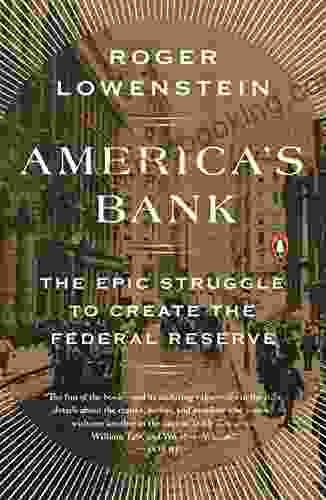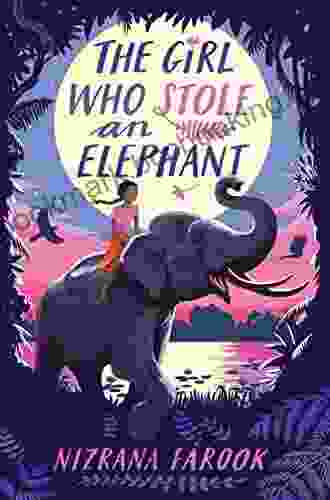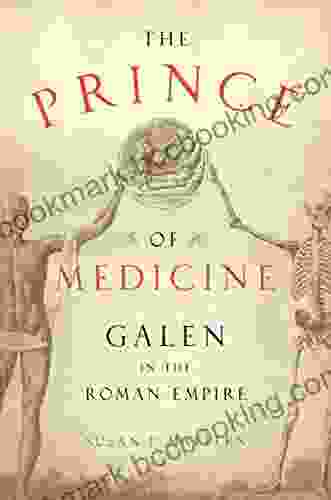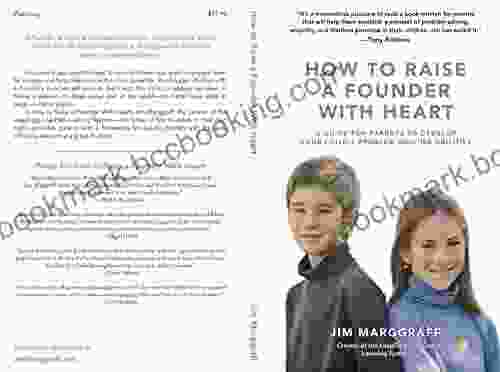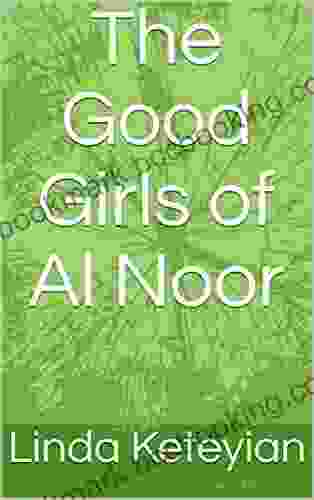: Marco Polo, the Trailblazing Explorer
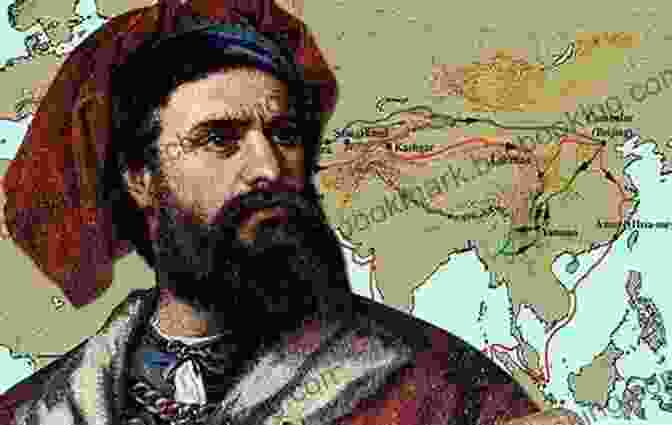
4.8 out of 5
| Language | : | English |
| File size | : | 509 KB |
| Text-to-Speech | : | Enabled |
| Screen Reader | : | Supported |
| Enhanced typesetting | : | Enabled |
| Word Wise | : | Enabled |
| Print length | : | 26 pages |
| Lending | : | Enabled |
| Paperback | : | 130 pages |
| Item Weight | : | 7.1 ounces |
| Dimensions | : | 6 x 0.31 x 9 inches |
In the annals of history, the name Marco Polo stands tall as a legendary explorer whose travels to the Orient forever transformed the Western world's understanding of Asia. Born in the bustling city of Venice in 1254, Marco Polo embarked on an extraordinary journey that would span over two decades and take him across vast continents, from the sun-drenched shores of China to the shadowy depths of Persia.
Throughout his epic expedition, Marco Polo kept meticulous notes of his encounters with ancient civilizations, their vibrant cultures, and architectural wonders. These observations, compiled in his seminal work, "The Travels of Marco Polo," provide an invaluable window into the lives and achievements of these long-lost societies.
The Enigmatic Indus Valley Civilization
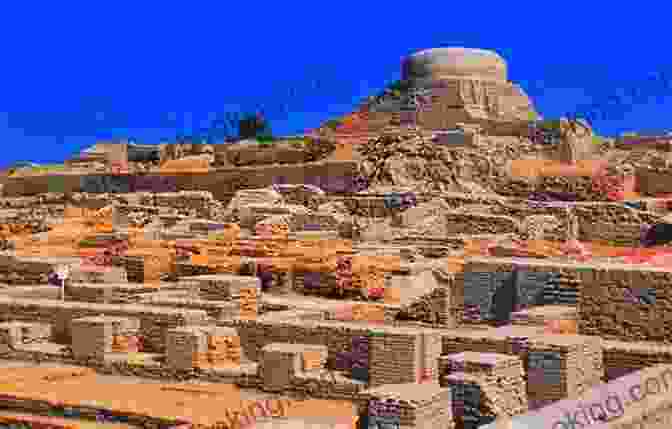
Along the banks of the Indus River in present-day Pakistan, Marco Polo discovered the remnants of a flourishing civilization that had thrived millennia before his arrival. The Indus Valley Civilization, one of the world's oldest known urban societies, existed from approximately 2600 to 1900 BCE.
Marco Polo marveled at the ruins of this enigmatic civilization, particularly the meticulously planned cities of Mohenjo-daro and Harappa. These cities boasted advanced urban planning, complete with elaborate drainage systems, well-defined streets, and imposing public buildings. The people of the Indus Valley were also skilled artisans, as evidenced by their intricate pottery, jewelry, and bronze sculptures.
The Middle Kingdom: The Marvelous Civilization of China
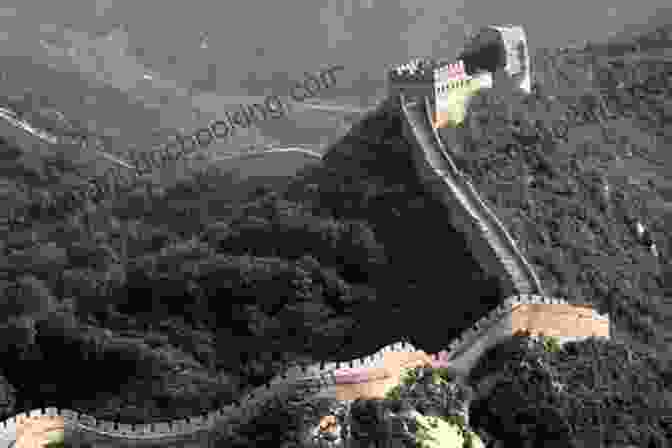
As Marco Polo's journey continued eastward, he entered the vast and opulent world of China, then known as the Middle Kingdom. The Chinese civilization, with its rich history and refined culture, deeply impressed the Venetian explorer.
Marco Polo witnessed firsthand the architectural marvels of China, including the awe-inspiring Great Wall, a colossal fortification built to defend against nomadic invasions. He marveled at the beauty of the imperial palaces in the bustling capital of Dadu (modern-day Beijing) and admired the exquisite craftsmanship of Chinese artisans, renowned for their delicate porcelain and intricate silk fabrics.
Central Asia: A Crossroads of Civilizations
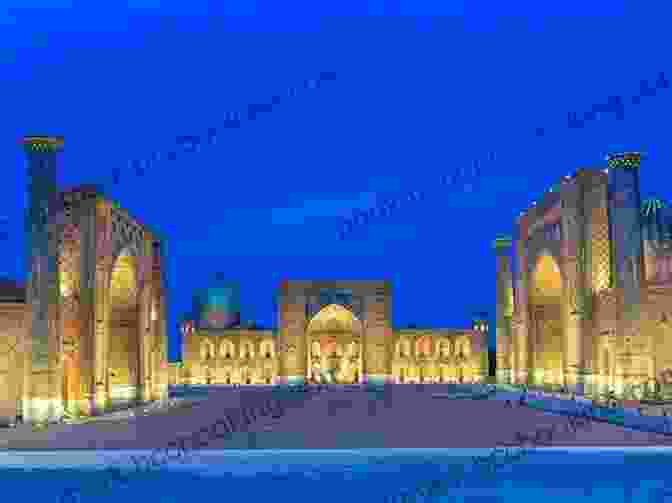
Marco Polo's travels took him through the vibrant cities of Central Asia, a region that served as a crucial crossroads of civilizations. In Samarkand, a major hub on the Silk Road, he encountered a melting pot of cultures and religions, with influences from Persia, India, and China.
Marco Polo described the bustling markets of Central Asia, where merchants from far and wide traded exotic goods, from spices and silk to precious gems. He also marveled at the architectural achievements of the region, including the towering minarets and intricate mosques that adorned the cities.
The Exotic Landscapes of Persia
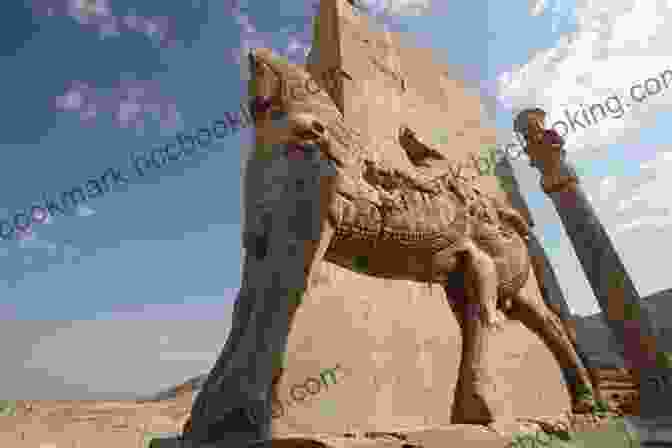
As Marco Polo ventured westward, he encountered the captivating realm of Persia, known for its rich history and artistic traditions. He visited the ancient city of Persepolis, the ceremonial capital of the Achaemenid Empire, where he marveled at the grandeur of its palaces and the intricate reliefs that adorned its walls.
Marco Polo also described the vibrant cities of Isfahan and Tabriz, renowned for their exquisite mosques, bustling bazaars, and flourishing trade. He noted the Persian tradition of hospitality, as well as their love of poetry and music.
India: A Tapestry of Ancient Civilizations
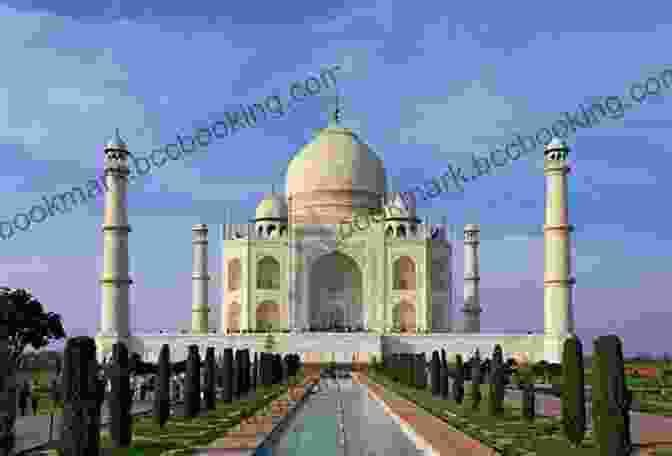
Marco Polo's journey continued into the vibrant and diverse land of India, a melting pot of ancient civilizations and religions. He visited thriving cities such as Calicut on the Malabar Coast, renowned for its spice trade, and Quilon, where he witnessed the shipbuilding industry.
Marco Polo described the architectural wonders of India, including the sacred temples of Khajuraho, adorned with intricate erotic sculptures, and the majestic Taj Mahal, built by the Mughal emperor Shah Jahan as a testament to love and beauty.
Southeast Asia: A Realm of Maritime Empires
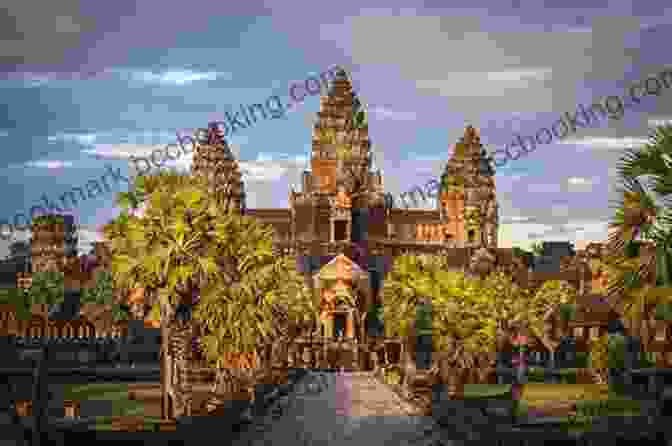
As Marco Polo's voyage approached its end, he sailed into the realm of Southeast Asia, a region dotted with maritime empires and flourishing trade networks. He visited the magnificent temple of Angkor Wat in Cambodia, the largest religious monument in the world, and marveled at its intricate carvings and towering spires.
Marco Polo also described the prosperous trading cities of Sumatra, Java, and the Malay Peninsula, where spices, gold, and other exotic goods were exchanged. He noted the diversity of cultures and religions in Southeast Asia, including Buddhism, Hinduism, and Islam.
Epilogue: The Enduring Legacy of Marco Polo
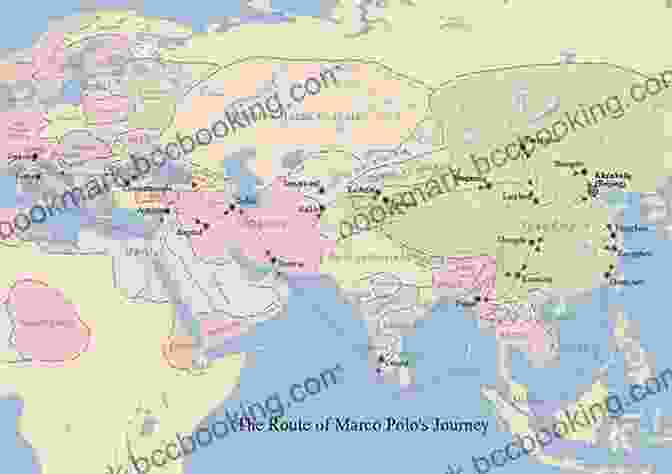
In 1295, Marco Polo returned to Venice after an absence of over two decades. His arduous journey had spanned thousands of miles, across vast continents and diverse cultures, forever changing the perception of Asia in the Western world.
Marco Polo's "The Travels of Marco Polo" became one of the most widely read and influential travelogues of all time. His vivid accounts of the ancient civilizations of Asia captivated readers and fueled the imagination of explorers and scholars for centuries to come.
Today, Marco Polo's legacy continues to inspire, inviting us to embark on our own journeys of discovery and to marvel at the richness and diversity of human civilization.



